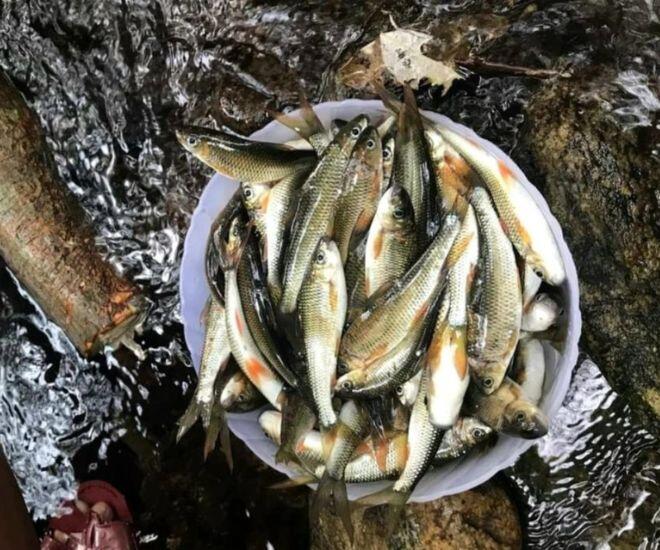
The scientific name for this fish is Onychostoma gerlachi, but it is also known locally as cá sỉnh cao or cá niên. At first glance, it may resemble carp or mè dinh, but it is usually smaller. Most adult cá mát only grow to the size of two or three adult fingers, weighing in at 500 to 800 grams.
In Vietnam, the cá mát can be found primarily in the central and upper regions of the large northern rivers, including the Hong River system with its tributaries, the Da, Thao, Lo, and Gam Rivers. However, the cá mát of the Giang River in Nghe An province has distinct features that set it apart. Its scales have a subtle pinkish hue, its body sports three to six black spots, and it is generally smaller than its cousins in other regions.
This fish species thrives in schools, inhabiting crevices and rocks where the current is strong. Their diet is diverse and includes water insects, red worms, and especially algae that grow on rocks. They are nocturnal feeders, hiding in deep pools during the day and venturing out at night to feed near waterfalls.
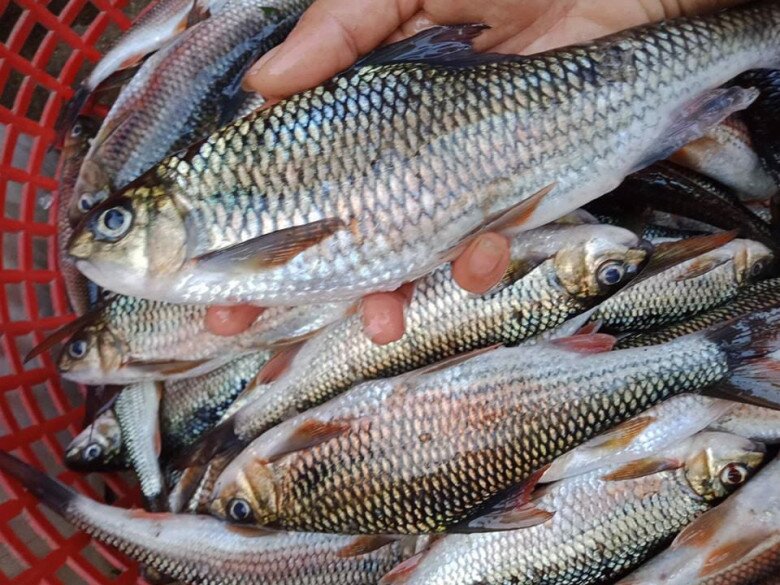
One of the most fascinating aspects of this fish’s behavior is its feeding strategy. The cá mát has a very hard and sharp lower jaw, which it uses to scrape algae off rocks, leaving telltale white scrapes. These marks are a sure sign to locals that cá mát are present in the river or stream.
The cá mát is a delicacy, prized for its firm, flavorful, and bony-free flesh. It is a favorite among locals and tourists alike. Versatile in the kitchen, it can be grilled, fried, made into a sour soup, or turned into a salad. However, according to the locals of Nghe An, the pinnacle of cá mát cuisine is a clay pot stew, infused with the essence of turmeric leaves.
The preparation is unique: the fresh fish is cleaned and marinated with traditional spices, including freshly chopped turmeric leaves. It is then slow-cooked in a clay pot until the meat absorbs the flavors, and the broth thickens, releasing an irresistible aroma. This dish is a must-try for anyone visiting the western region of Nghe An.
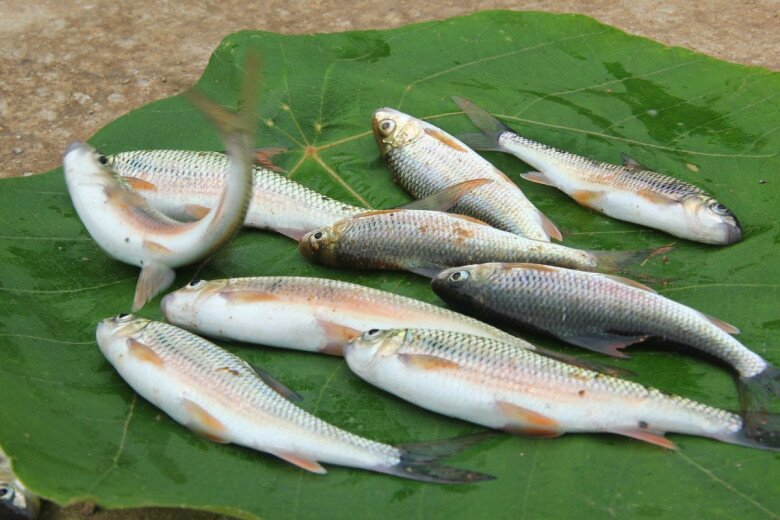
The people of western Nghe An have long relied on various traditional methods to catch cá mát. One of the most popular techniques is called “bắt trụp,” which involves a group of people working together at dusk. One person throws stones ahead to drive the fish, while another dives and catches them in rock crevices or tree roots along the stream. The catch is usually prepared immediately, grilled, or made into a salad, for a simple yet delicious meal.
In the highlands of Nghe An, cá mát typically fetches a price of 300,000 to 400,000 VND per kilogram, but it is scarce. Unfortunately, as its commercial value has increased, so have the pressures on its population. While traditional methods of capture remain, some fishers have turned to more destructive practices, such as using fine-mesh nets, electrofishing, or even explosives. These practices are unsustainable and detrimental to the ecosystem, leading to a rapid decline in the cá mát population.
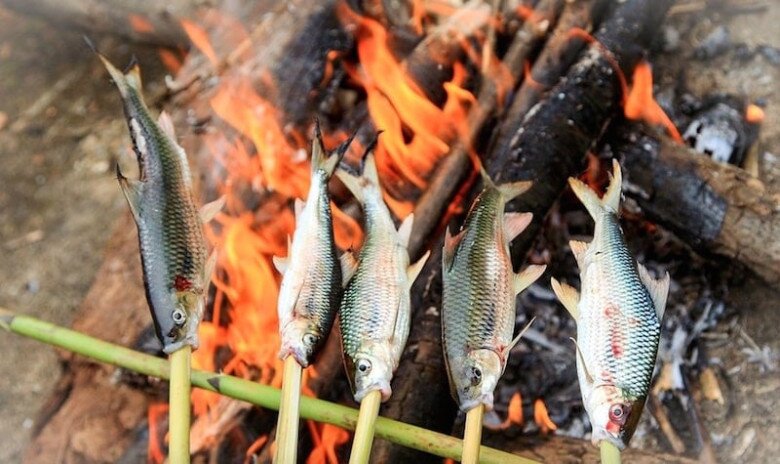
The cá mát of the Giang River faces multiple threats. In addition to overfishing, their habitat is shrinking due to the construction of hydropower plants. These projects alter natural flows, disrupt spawning grounds, and reduce their food sources.
Recognizing the urgency of the situation, the cá mát was listed in Vietnam’s Red Book in 2007 as “vulnerable” (VU). This classification highlights the need for timely and effective conservation measures to prevent this unique fish from disappearing from the wild.
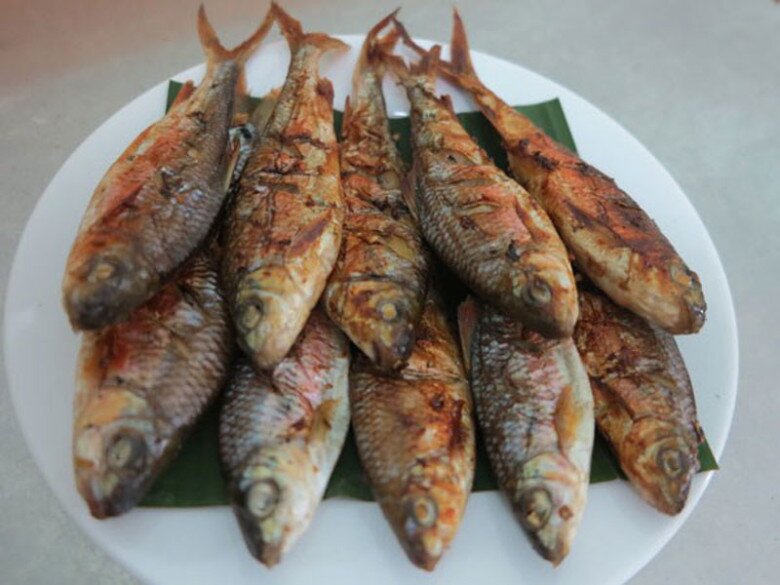
Currently, attempts to farm cá mát have been unsuccessful due to their complex biology and dependence on natural conditions. The primary conservation strategy, therefore, focuses on managing and reducing exploitation. Experts and authorities recommend establishing clear regulations on fishing seasons and size limits, as well as strictly prohibiting destructive practices like electrofishing, explosives, and chemicals. Additionally, raising community awareness about the ecological and culinary value of cá mát is vital to enlist their support in protecting this unique species.
The cá mát of the Giang River is a culinary gem of western Nghe An, offering nutritional, gastronomic, and cultural value. However, faced with the dual threats of overfishing and habitat loss, this rare fish urgently needs protection. The collaboration between local authorities, communities, and conservation organizations will be pivotal in safeguarding the cá mát’s flavor for future generations. Preserving the cá mát is not just about conserving a fish species; it’s about protecting a part of the unique cultural heritage of western Nghe An.































